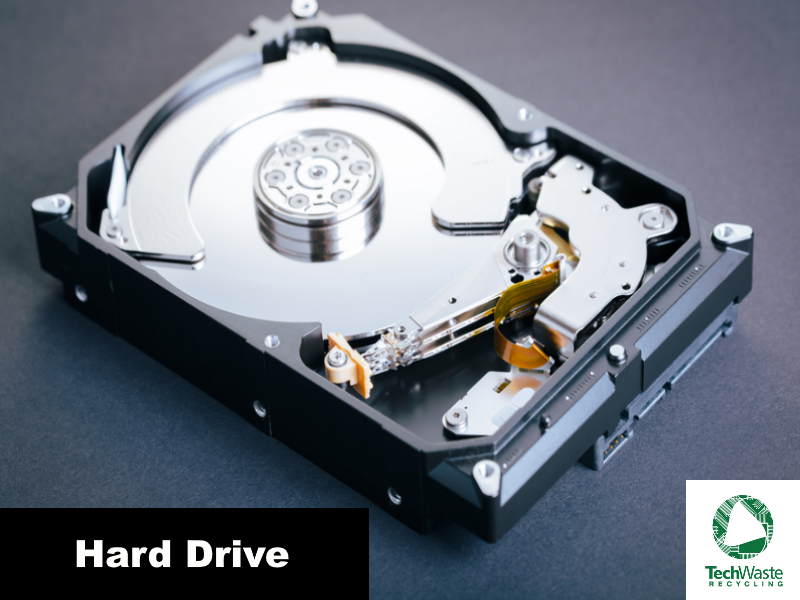A hard drive, aka hard disk drive, is a non-volatile data storage device containing one or more rigid rapidly rotating platters coated with magnetic material. Digital data is embedded on the platters by a magnetic head and allows this data to be stored even with the electronic device turned off. Hard drives can be found in desktop computers, mobile devices, consumer electronics, and enterprise disk arrays functioning as storage for operating systems, software programs, and other files.
Who Created the Hard Drive?
IBM engineers created the hard disk in 1953 in order to provide low-cost, random access to large amounts of data. This early version of the hard drive measured to the size of refrigerators stored 3.75MB of data and was shipped in 1956. Among the first manufacturers of hard drives are Memorex, Seagate Technology, and Western Digital.
During the mid-1980s, the size of hard drives decreased to 3.5-inch and 2.5-inch form factors which eventually became the norm for personal computers. Succeeding this was the increase of hard drive density now reaching the terabyte range. In 2007, Hitachi Global Storage Technologies (HGST), or the Western Digital we know today started marketing 1 terabyte hard drive. In 2015, the same company released the first 10-terabyte hard drive. In 2021, Western Digital came out with two 20-terabyte hard drives.
What are the Types of Hard Drive?
The following are the types of hard drives.
- PATA (parallel advanced technology attachment) hard drives were first released in 1986 by Compaq and Western Digital which can have up to 80-gigabyte density and 133MB/S data transfer. PATA hard drives are composed of moving mechanical parts based on parallel signaling technology enabling multiple data bits to transfer simultaneously.
- SATA (serial advanced technology attachment) hard drives supersede PATA hard drives in data transfer at 150-300MB/S and have thinner cables with a cable limit of 1 meter. SATA hard drives transmit data one bit at a time.
- SCSI (small computer system interface) hard drives utilize a smaller computer system interface and enable the connection of peripheral devices like printers, scanners, and other hard drives. Data transmission is at 320MB/S for SCSI which can be connected internally and externally. SCSI is no longer utilized for consumer hardware as they have been replaced by USBs.
- SSDs (solid state drives) are the latest in hard drive technology. SSD no longer uses moving parts and magnetic material for data storage. The integrated circuits such as those in third-generation computers are used for SSD which makes them faster, more durable, and less susceptible to damage and corruption. SSD transmits data at 550MB/S and enables faster booting than its predecessors.
Take your old and used Hard Drives to TechWaste Recycling for proper disposal and destruction.
What are the Latest Developments in Hard Drives?
HGST publicized the first helium-filled hard drive in 2012. This hard drive has increased storage density and performance while consuming less power due to helium being less dense, lighter, and cooler than air.
Seagate Technology introduced the use of SMR (shingled magnetic recording) in hard drives back in 2013. SMR expands storage capacity in hard drives by having a magnetic track layer on every disk versus having them parallel to each other. Seagate released its own 10-terabyte helium hard drive in 2016.
Western Digital pioneered two 20-terabyte hard drives in 2021, the Ultrastar DC HC560 and WD Gold HDD Enterprise Class SATA HDD. This drive density is by far the largest in hard drives. The Ultrastar DC HC560 is ideal for cloud storage providers, business servers, security systems, and network-attached storage devices. WD Gold HDD is beneficial for enterprises using heavy application workloads.


































